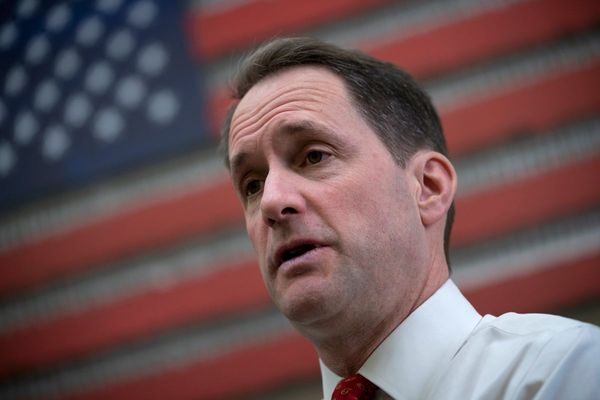
After months of budget-busting gasoline prices, the national average price of regular gas has dipped below $4.
Gas prices dropped to $3.99 on Thursday, down sharply since hitting a record high of around $5 gallon in mid-June, according to the American Automobile Association. It's the first time prices have been below $4 since March.
Gas prices have dropped as demand for oil worldwide has slowed amid rising worries about the global economy. Brent – the global benchmark for oil prices – has fallen below $100 a barrel, down from over $120 in June.
Analysts expect prices will continue to fall in the short term, but things get a lot more complicated further out.
These are four factors that will help determine what happens next.
Oil demand is obviously key
A lot will depend on demand for oil prices.
Gas prices surged after Russia's invasion of Ukraine, and that has led drivers to adjust, skipping a trip to the ice cream store, for example, or cutting back on trips.
Whether Americans start filling up their tanks again will be a key factor in determining the outlook for gas prices.
And the behavior of drivers will likely be mainly determined by the state of the economy. Although gas prices have dropped, pushing down inflation, the prices of other things like food and electricity have continue to surge, putting a strain on household budgets.
There are also growing worries about the economy, not only in the U.S. but elsewhere as well, which could help determine how much demand there is for oil globally.

Then there are oil supplies
Supply is another obvious side of the equation.
An increase in global oil output has contributed to the falling gas prices.
The U.S. released a lot of oil from its emergency reserves, and domestic oil producers have been capitalizing on higher oil prices by increasing production. Refineries, which turn crude oil into usable products like gasoline, are also ramping up their output.
"Refinery operations have been very strong this year, so there's obviously been a motivation for refiners to run at a really high rate because of high prices and high margins," says Denton Cinquegrana, chief analyst with Oil Price Information Service.
But overall refining capacity in the country still remains constrained, which may continue to limit supply of gas.
And oil producers in the U.S. and worldwide are also wary of overproducing given the worries about the economy.
The oil cartel OPEC+ has mostly rebuffed calls from President Biden and other countries to ramp up production, citing in part worries about the global demand.
Russia's war in Ukraine is also key
What happens with Russia will also be important in determining what happens with oil prices, and hence gas prices.
Russia's invasion of Ukraine last winter roiled energy markets. Now, as the war grinds on and Western allies impose more sanctions on Russia, it is not clear how Russia will react.
Russia has already cut the amount of natural gas it sends to Europe through the Nord Stream 1 pipeline to 20% of full capacity.
What is also uncertain is whether certain countries that have long relied on Russia for gas and oil supplies will scale back their dependence as it gets colder.
It could also come down to weather
One major storm has the power to affect fuel markets.
A lot of crude oil enters the U.S. from the Gulf Coast, where it's refined and then distributed. According to the U.S. Energy Information Administration, over half of all U.S. refinery capacity is based in the Gulf Coast and a significant portion of domestic crude is also produced in the hurricane-prone region.
In 2017, Hurricane Harvey swept across Louisiana and Texas knocking out 20% of U.S. refining capacity.
"As we progress through August, we do start to see more tropical activity in the latter half of the month and into September, so there's certainly a risk of disruption moving forward," says Patrick DeHaan, head of petroleum analysis for GasBuddy.
So at a time when supplies are already so limited, losing a refinery even temporarily could drive prices back up.







